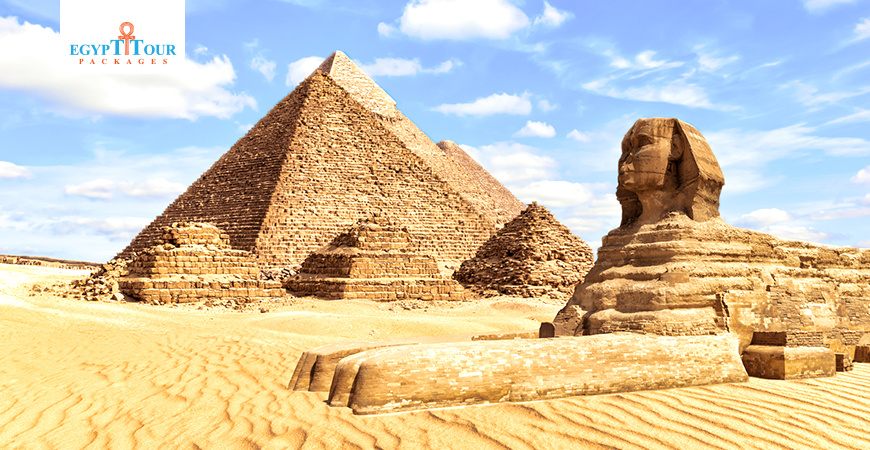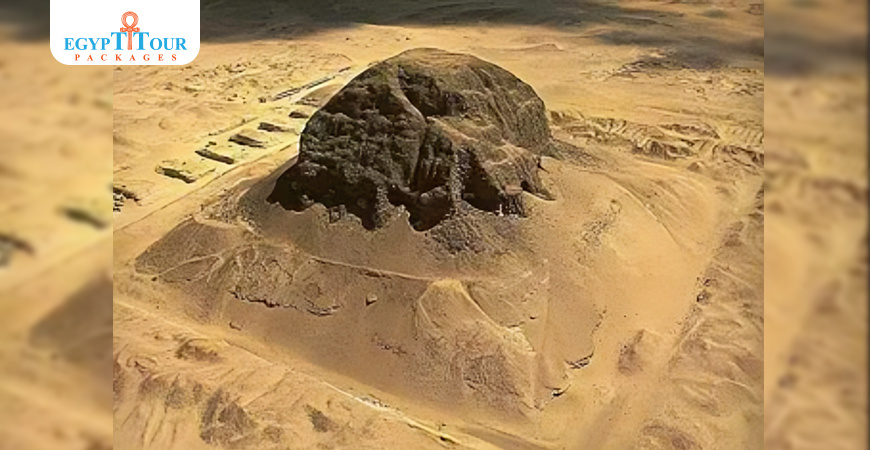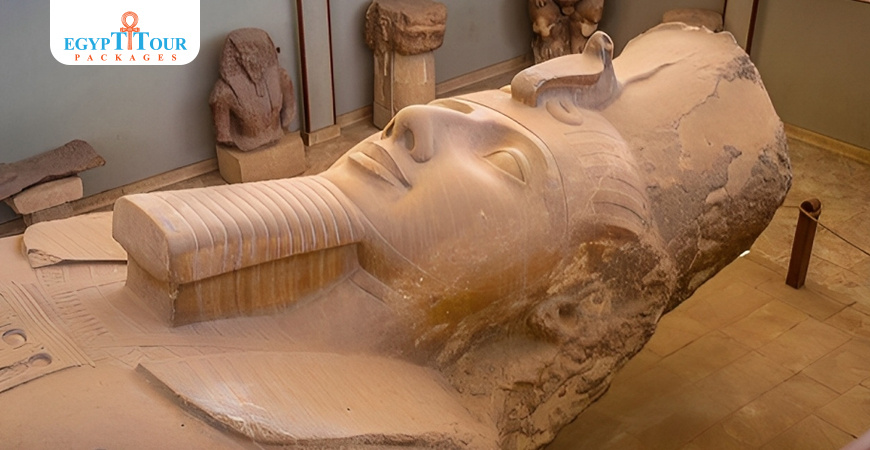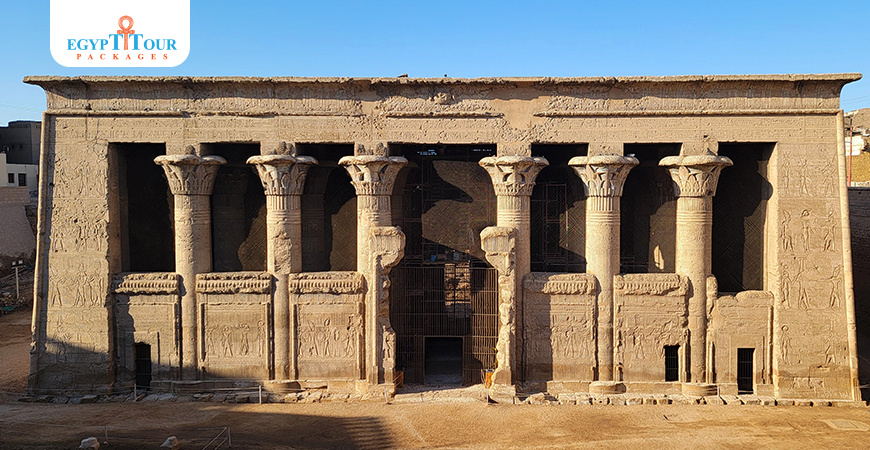
Valley Of The Kings
Used as a burial chamber for nearly 500 years, the Valley of the Kings was used for royal burials for the Kings,their families, and their possessions.
Valley of the kings
Used as a burial chamber for nearly 500 years, the Valley of the Kings was used for royal burials for the Kings,their families, and their possessions. Valley of the Kings can be found in the western part of Thebes, where the ancient Egyptian kings used to be buried near the political and administrative center of the country. During the New Kingdom, Thebes served as the capital, so the kings chose to be buried there. They specifically selected the western land because it was customary in ancient Egypt to bury the dead west of the Nile. This tradition was influenced by the belief in resurrection, which was associated with the setting sun. The sun's cycle of rising in the east, setting in the west, disappearing at night, and rising again in the morning played a significant role in the ancient Egyptian perception of life and death. As a result, the east was considered the realm of the living, while the west was associated with the world of the dead. Consequently, most of the settlements were situated in the east, while the majority of tombs were located in the west. Interestingly, around 90% of Egypt's cemeteries are situated west of the Nile.

Valley of the kings
Used as a burial chamber for nearly 500 years, the Valley of the Kings was used for royal burials for the Kings,their families, and their possessions. Valley of the Kings can be found in the western part of Thebes, where the ancient Egyptian kings used to be buried near the political and administrative center of the country. During the New Kingdom, Thebes served as the capital, so the kings chose to be buried there. They specifically selected the western land because it was customary in ancient Egypt to bury the dead west of the Nile. This tradition was influenced by the belief in resurrection, which was associated with the setting sun. The sun's cycle of rising in the east, setting in the west, disappearing at night, and rising again in the morning played a significant role in the ancient Egyptian perception of life and death. As a result, the east was considered the realm of the living, while the west was associated with the world of the dead. Consequently, most of the settlements were situated in the east, while the majority of tombs were located in the west. Interestingly, around 90% of Egypt's cemeteries are situated west of the Nile.

Why is Valley of the Kings important?
In the Used as a burial chamber for nearly 500 years, the Valley of the Kings was used for royal burials for the Kings,their families, and their possessions. Valley of the Kings , the tombs are designed with a specific layout. They include corridors, stairs, a well, a column room, and a burial chamber. The well, however, is not meant for rainwater or to deter thieves, but rather serves as a symbolic tomb for Sukar Osiris. The The tomb of Ramesses VI (KV9) is one of the great achievements of Egyptian art. Tomb of Ramesses VI , also known as the Single Axis Tomb or Straight Axis Tomb, was initially started by King Ramesses V. However, it was his uncle, Ramesses VI, who expanded and used the tomb for his own burial. The tomb is designed with a simple plan, consisting of descending corridors that lead straight to the burial chamber. The walls of the tomb are adorned with beautifully preserved painted sunk reliefs. These reliefs depict various funerary texts, such as the Book of Gates, Book of Caverns, and Books of the Heavens, which were meant to assist the king in his journey to the afterlife. The passages beyond the corridors feature scenes from the Amduat, Book of the Dead, and the Books of the Heavens, while the burial chamber is decorated with scenes from the Book of the Earth. The ceilings of the tomb are adorned with astronomical scenes and texts. These funerary texts include spells and maps of the underworld, describing the sun god's nightly journey through it. By following these texts, the king hoped to achieve a glorious rebirth in the eastern horizon at dawn, just like the sun god.

who was buried in the valley of the kings
The tomb of Thutmose III, known as Tomb KV34, was located in the Used as a burial chamber for nearly 500 years, the Valley of the Kings was used for royal burials for the Kings,their families, and their possessions. Valley of the Kings near Luxor, Egypt. It was discovered in 1898 by Victor Loret and was one of the first tombs to be excavated in the valley. The tomb was built high in the cliff face and had a steep corridor leading to a burial chamber. Inside the chamber, there were four smaller side chambers and a stone sarcophagus that held Thutmose III's body. The tomb had unique wall decorations, including the earliest known version of the Amduat and the Litany of Ra.

What is special about the Valley of the Kings?
Thutmosis IV, the eighth king of the 18th Dynasty, ruled for a short period of about 9 years (approximately 1419-1410 B.C.). He inherited a well-established empire from his grandfather Thutmosis III and his father Amenhotep II. The tomb of Thutmosis IV is composed of three axes. The first axis includes an entrance, a descending staircase, a corridor, and a well. The second axis consists of a two-column chamber, a descending staircase, and a rectangular room. Finally, the third axis leads to the burial chamber.

The Tomb of Tutankhamun
The Tomb of Tutankhamun, ruled as a boy only for a short time. He is most famous because his tomb was discovered almost intact and full of treasures in 1922 Tutankhamun , The mummy of Tutankhamun, ruled as a boy only for a short time. He is most famous because his tomb was discovered almost intact and full of treasures in 1922 Tutankhamun was found by Howard Carter and his team in Egypt's Used as a burial chamber for nearly 500 years, the Valley of the Kings was used for royal burials for the Kings,their families, and their possessions. Valley of the Kings in 1925. Tutankhamun, ruled as a boy only for a short time. He is most famous because his tomb was discovered almost intact and full of treasures in 1922 Tutankhamun was an ancient Egyptian pharaoh from the 18th Dynasty, and his mummy is over 3,300 years old. It is the only royal mummy that was found completely undisturbed. The burial chamber was discovered in 1922 but was not opened until a year later. It took two more years to find the mummy and its famous death mask. This discovery is considered one of the most important archaeological findings in modern times. Due to the limited information available, there is much speculation about Tutankhamun, ruled as a boy only for a short time. He is most famous because his tomb was discovered almost intact and full of treasures in 1922 Tutankhamun 's life and cause of death.

Who was the female buried in the Valley of the Kings?
The tomb of Queen Tausret (KV 14) is among the Used as a burial chamber for nearly 500 years, the Valley of the Kings was used for royal burials for the Kings,their families, and their possessions. Valley of the Kings ' most adorned tombs in Thebes. It is remarkable because Tausret was one of the few women and only two ruling queens to be laid to rest in this royal valley.

Fact about the valley of the kings
Tomb Robberies of the Kings
The most famous thefts were those that took place in the Twentieth Dynasty, where the tombs were looted and they transported and collected some funerary furniture and mummies from the royal tombs for fear of repeated theft in one of the tombs of the
Used as a burial chamber for nearly 500 years, the Valley of the Kings was used for royal burials for the Kings,their families, and their possessions. Valley of the Kings
. They collected other mummies in the tomb of Amenhotep II in the
Used as a burial chamber for nearly 500 years, the Valley of the Kings was used for royal burials for the Kings,their families, and their possessions. Valley of the Kings
. The thefts continued in the Twentieth Dynasty .The priests transported some mummies and funerary furniture to the Tomb of woman in Deir el-Bahri where they were discovered. They re-shrouded some of the mummies and sometimes wrote the name of their owner on the scrolls, and buried some of the mummies in other coffins, making it difficult to identify the identity of some kings.

Post A Comment
Your Email Address Will Not Be Published.





























































0 Comments